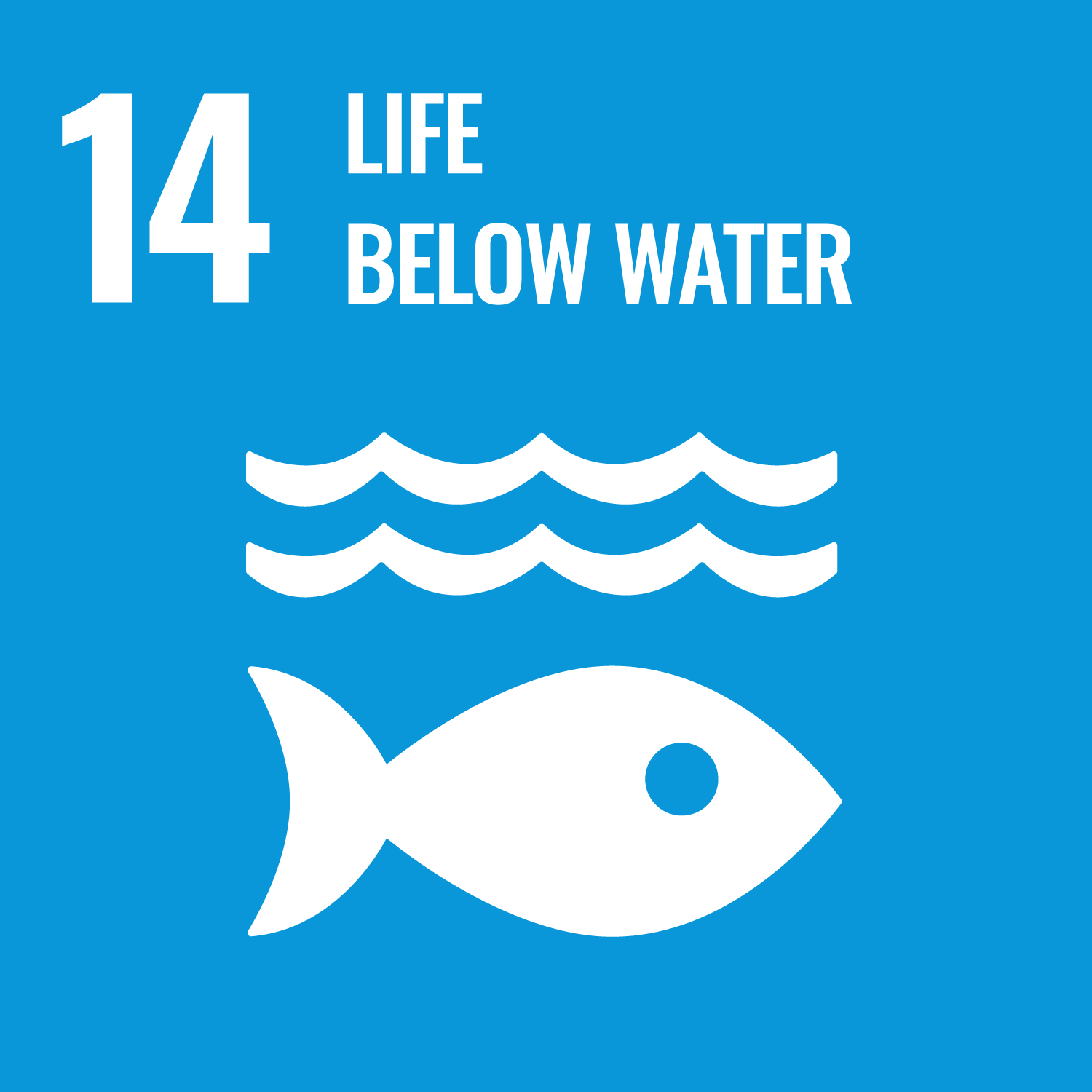ORCID
- Angela Milne: 0000-0002-3304-8962
Abstract
The ocean region along the latitude of 40°S in the South Atlantic, characterized by enhanced primary productivity, forms a transition zone between the nutrient replete but iron depleted Southern Ocean, and the nitrate and iron depleted Subtropical Gyre. Here, we present distributions of nutrient-type dissolved and particulate trace metals (dTMs and pTMs) including cadmium (Cd), nickel (Ni), copper (Cu), and zinc (Zn) in the South Atlantic from the GEOTRACES GA10 cruises. Phytoplankton uptake, riverine and atmospheric inputs shaped dTM and pTM concentrations in surface waters (dCd 27.8 ± 36.0 pmol kg−1, n = 222; dCu 0.732 ± 0.429 nmol kg−1, n = 222; dNi 3.38 ± 0.52 nmol kg−1, n = 219; dZn 0.332 ± 0.398 nmol kg−1, n = 214). Subsurface nutrients and dTMs (dCd 563 ± 184 pmol kg−1, n = 335; dCu 1.819 ± 0.773 nmol kg−1, n = 334; dNi 6.19 ± 1.06 nmol kg−1, n = 330; dZn 3.71 ± 2.10 nmol kg−1, n = 333) were controlled by the mixing of Antarctic origin waters and North Atlantic Deep Waters (NADW) with negligible contributions from local remineralization. Dissolved and particulate TMs in the Argentine Basin showed elevated concentrations towards the seafloor because of benthic inputs. Direct hydrothermal inputs of dTMs and pTMs to deep waters were not observed along the transect. The Cd-Cu-Zn-phosphate stoichiometries of Antarctic origin waters were set by a combination of dynamic physical circulation and preferential uptake of Cd, Cu, and Zn relative to phosphate in surface waters because of a dominance by diatoms in the Southern Ocean. Water mass mixing subsequently produced convoluted dCu-P and dZn-P relationships and apparent linear dCd-P and dNi-P relationships in the South Atlantic. More importantly, endmember characteristics of Antarctic waters and NADW are largely fixed in their formation regions in high latitude oceans. Therefore, the highly dynamic high latitude oceans are key regions that supply nutrients and TMs at specific ratios to low latitude oceans via the thermohaline circulation. Changes to processes in the high latitude oceans may have consequences for marine primary productivity downstream, and hence the global carbon cycle.
DOI Link
Publication Date
2024-01-08
Publication Title
Geochimica et Cosmochimica Acta
Volume
370
ISSN
0016-7037
Acceptance Date
2024-01-02
Funding
The authors thank the captains and crew of RRS Discovery and RRS James Cook. We thank the chief scientist Gideon Henderson and other participants of both cruises for their on-board work, and Christian Schlosser for trace metal analysis. The research was supported by UK Natural Environment Research Council (NE/H00475/1 \u2013 UKGEOTRACES). The International GEOTRACES Programme is possible in part thanks to the support from the U.S. National Science Foundation (Grant OCE-1840868) to the Scientific Committee on Oceanic Research (SCOR).
Additional Links
Keywords
GEOTRACES, Primary productivity, Southern Ocean, Trace metals, Water mass mixing
First Page
144
Last Page
160
Recommended Citation
Chen, X., Gledhill, M., Lohan, M., Milne, A., & Achterberg, E. (2024) 'Surface ocean biogeochemistry and deep ocean circulation control relationships between nutrient-type trace metals (Cd, Ni, Cu, and Zn) and nutrients in the South Atlantic Ocean near the subtropical front', Geochimica et Cosmochimica Acta, 370, pp. 144-160. Available at: 10.1016/j.gca.2024.01.001


